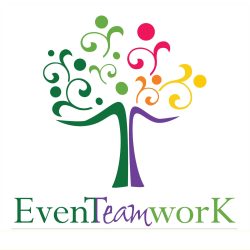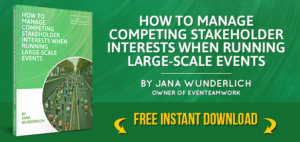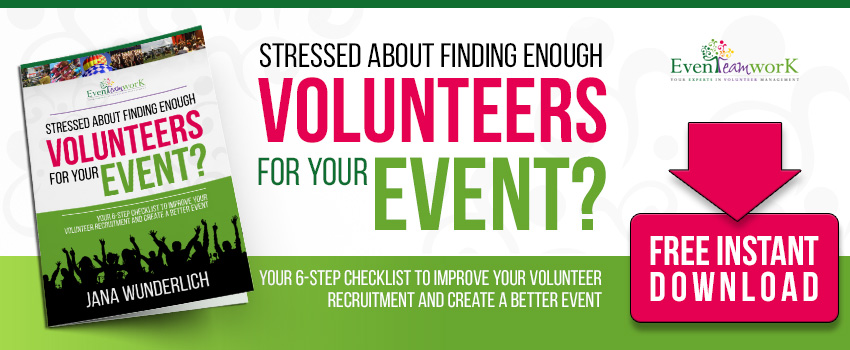I often hear “I love networking and sharing experiences with others, it helps us all grow.”
But does it really help us grow? Let’s have a look at that.
Connecting with others feels good. You feel heard and understood. You feel part of a bigger family and less lonely in your pursuit. Yes, there’s value in that.
But… We also inadvertently reinforce some of the thinking that keeps us stuck and spinning our wheels.
“This is not an easy journey, it’s hard for everyone. We have to live with the limited resources available. There’s only so much to go around. There are not enough people to do the work. There are too many organisations competing for funds. We are just not big enough to get more funding. Our [insert your industry – environment/ health/ arts etc] is not ‘sexy’ enough”
But we think to ourselves… “Afterall, what we are doing is important and it takes something special to do this work.” And it feels significant because you are working on a bigger picture, so sacrificing some sleep and family time is ok, because it is for the greater good.
We accept that this is just what it is when working in Nonprofits. You see it everywhere around you so this must be the truth. Right? But constantly reinforcing these ideas is a big part of exactly what’s keeping you stuck.
You go to a networking function and you feel invigorated because you feel you are part of something bigger and you are not alone, fighting for a better world. And you walk away from an event with some new ideas and inspiration.
But let me ask you, how much has networking changed your outcomes?
It feels good to see others in the same situation. For a moment, until reality sets in. When you wake up in the middle of the night, anxious about how you can do all the work with limited support. When you can’t go back to sleep. When you feel overwhelmed by it all and when you get to the end of the week feeling like you didn’t get anything done but you’re exhausted. That is when you find comfort in the thought that ‘everyone is going through the same thing’.
Networking absolutely has its merit. We all need connection. But let’s not use it as an excuse to stay in the same situation.
Just be very aware that it often becomes a place to validate each other in not achieving your goals.
It can lessen the pain and make you feel more comfortable, because you are not alone. But that’s not helping anyone. You are simply normalising it. Working too many hours, sleepless nights and not spending time with loved ones has become the new normal. And you look back over the past 10 years and don’t even know how that happened…
To start with, here are a few things to keep in mind when looking at networking and growing your impact:
- Choose wisely who you spend time with. As Jim Rohn said “You are the average of the 5 people you spend the most time with”
- Check in with yourself when networking. What’s your intention? Why are you attending specific event/ catching up with colleagues?
- Choose consciously what helps you grow. Chose tools and behaviours that support you to grow.
- Get support. Doing it on your own can take years. Plus, we all have blind spots we just can’t get around on our own. Getting supported is what powerful leaders do, so they get to their outcomes faster.
If you are sick and tired of constantly working too many hours, sacrificing your social life or time with family and if you are ready for more freedom while scaling your impact, then let’s chat and see what’s in your way of growth.
Book an Impact Power Hour with me: https://eventeamwork.com.au/impact-power-hour














